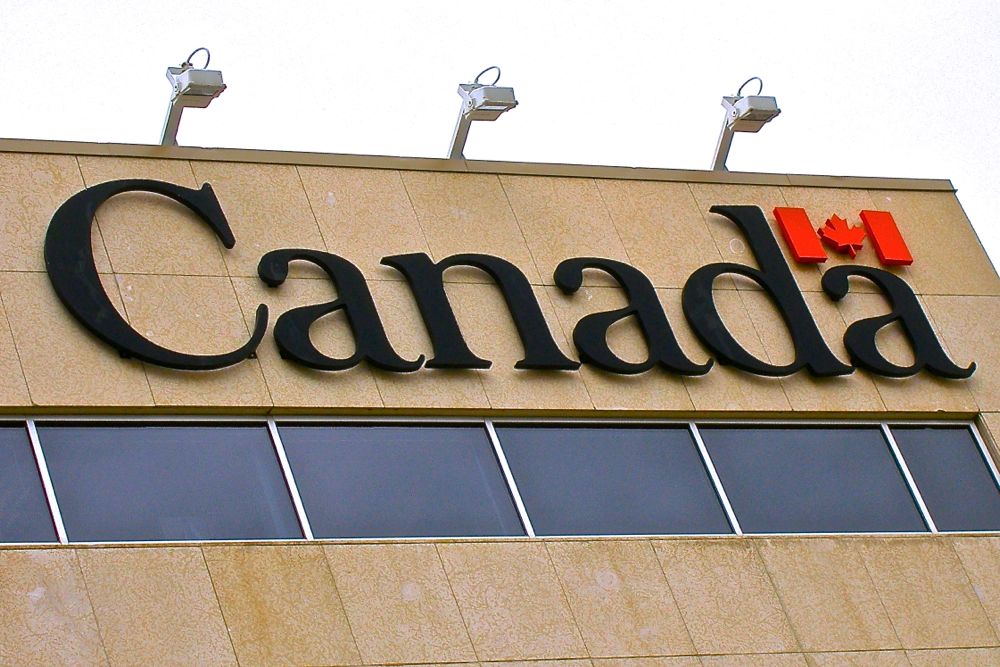StatCan raises Canada’s canola plantings from earlier estimate
Farmers seen returning to 'steady Eddie' wheat
| 2 min read

(Dave Bedard photo)
MarketsFarm –– Canadian canola plantings are projected to come in above earlier expectations but would still be well below what was seeded to the crop in 2021, according to updated acreage estimates from Statistics Canada released Tuesday.
Meanwhile, wheat area in the country is forecast at its highest level in nearly a decade.
After a survey conducted May 13 to June 12, the national data agency pegged canola area at 21.416 million acres for 2022. That represents a 2.5 per cent increase from its March 2022 estimate, which was released at the end of April — but also a 4.7 per cent decline from June 2021.
However, StatCan did not forecast losses in acres from wet weather and delayed seeding in the eastern Prairies, according to MarketsFarm expert Bruce Burnett, in an otherwise “unsurprising” report. Because of this, canola acreage estimates may be inflated.
“For the most part, acreage numbers did not reflect any losses due to flooded land in Manitoba or Saskatchewan,” he said, adding that StatCan asks growers how much they intend to plant.
“If you haven’t finished planting yet and you’re optimistic, you usually will say, ‘No, I’m still going to plant this acreage,'” Burnett added. “There’s no doubt we lost area in the eastern Prairies in this report and we will see revisions eventually. So it’s not quite as accurate a portrayal of what the current situation is right now.”
Meanwhile, StatCan projected total wheat acres at 25.395 million, the most planted since 2013. The figure represents a 1.5 per cent increase from the March 2022 estimate and an 8.7 per cent rise from last year. Spring wheat acres rose 10.5 per cent from June 2022 to 18.212 million, while durum acres increased 8.6 per cent to 6.005 million.
“Farmers are returning to the yearly ‘steady Eddie’ crop which tends to be wheat, in terms of it always being the largest crop in area and higher prices have caused farmers to go back to it,” Burnett said.
He added that high fertilizer prices did not seem to have a negative effect on wheat acres, but mentioned there may have been extra nitrogen left in fields from last year.
There was little other change in the estimates in StatCan’s latest report compared to those from March. Nevertheless, most major crops are projected to have fewer acres planted compared to last year.
Dry beans (down 32.1 per cent from June 2021 to 297,000 acres) and flaxseed (down 24.2 per cent to 779,000) saw the worst declines, while corn (up 4.1 per cent to 3.633 million) and oats (up 16 per cent to 3.972 million) are two significant exceptions.
Table: Recap of StatCan’s June 2022 principal field crop estimates, in millions of acres, with estimates from March 2022 and totals from June 2021 included for comparison purposes. (* – “All wheat” includes spring wheat, durum wheat, and winter wheat remaining after winterkill.)
| Crop. . | June 2022. . | March 2022. . | June 2021 |
| Barley | 7.045 | 7.491 | 8.296 |
| Canola | 21.416 | 20.897 | 22.479 |
| Flax | 0.779 | 0.867 | 1.027 |
| Lentils | 4.320 | 4.486 | 4.303 |
| Oats | 3.972 | 3.992 | 3.423 |
| Peas | 3.368 | 3.551 | 3.820 |
| All wheat* | 25.395 | 25.031 | 23.360 |
| . Durum | 6.006 | 6.224 | 5.530 |


